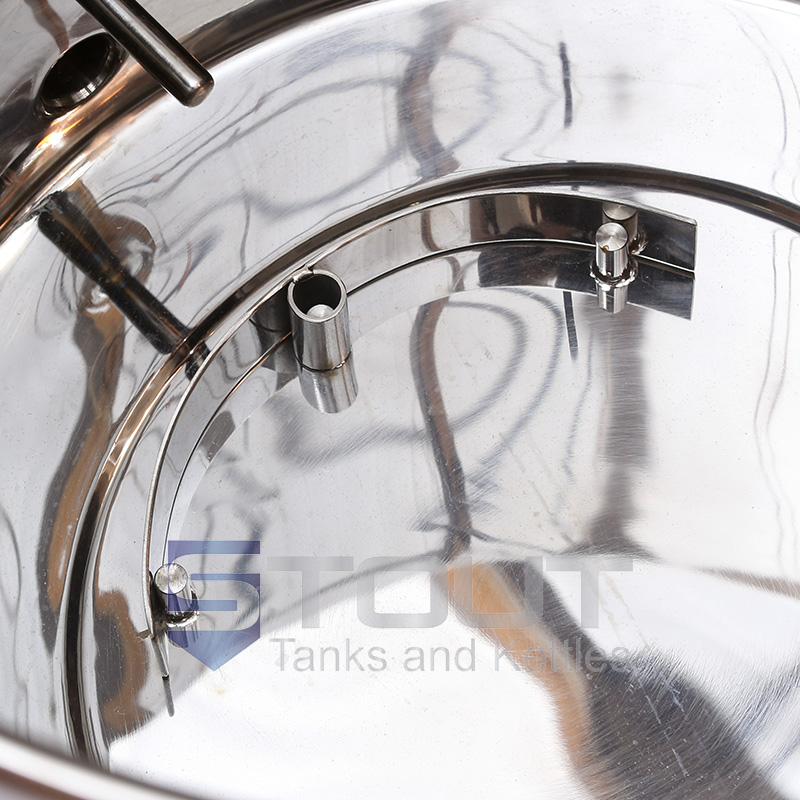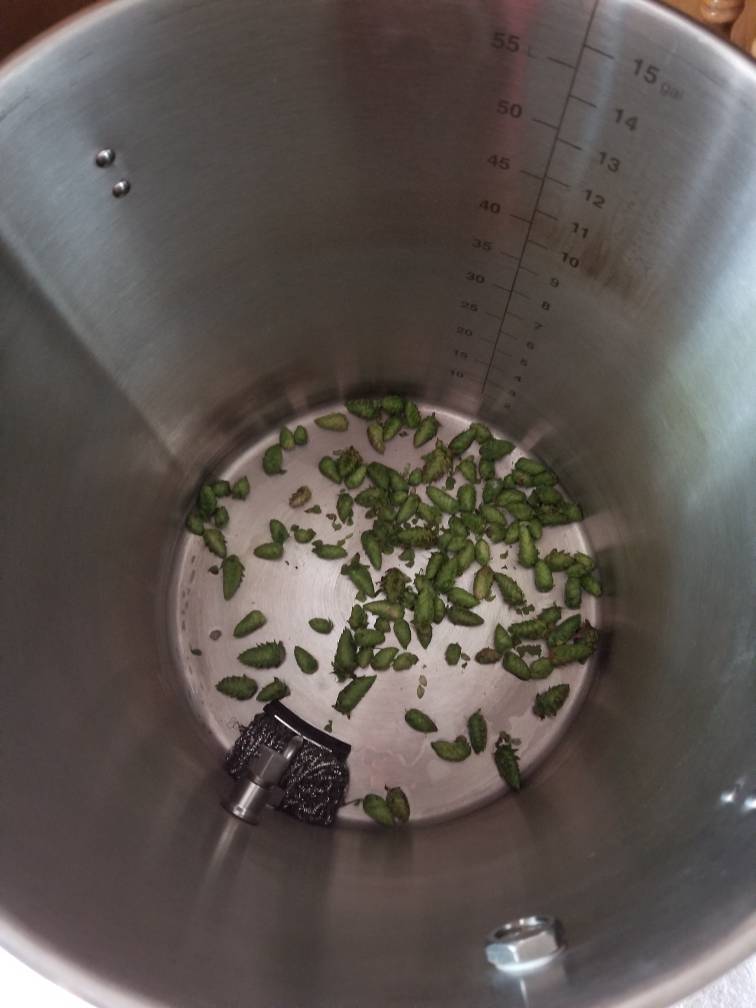Big Monk
Trappist Please! 🍷
- Joined
- Dec 24, 2015
- Messages
- 2,192
- Reaction score
- 1,154
Unfortunately the SS Brewtech "trub dam" as they refer to it is neither patentented (you can buy it from the Chinese manufacturer on Ali) nor effective. It's way too small and, especially with the larger kettles (it's a one-size-fits-all which is just plain silly), you'll have trub sliding through from above and from the sides. It's a 10 for effort but a 2 for execution at best...
That's based on my experience using a 15 gal BrewKettle with tangential inlet as a whirlpool.
The Stout unit is much larger than the SS unit:







































![Craft A Brew - Safale S-04 Dry Yeast - Fermentis - English Ale Dry Yeast - For English and American Ales and Hard Apple Ciders - Ingredients for Home Brewing - Beer Making Supplies - [1 Pack]](https://m.media-amazon.com/images/I/41fVGNh6JfL._SL500_.jpg)









